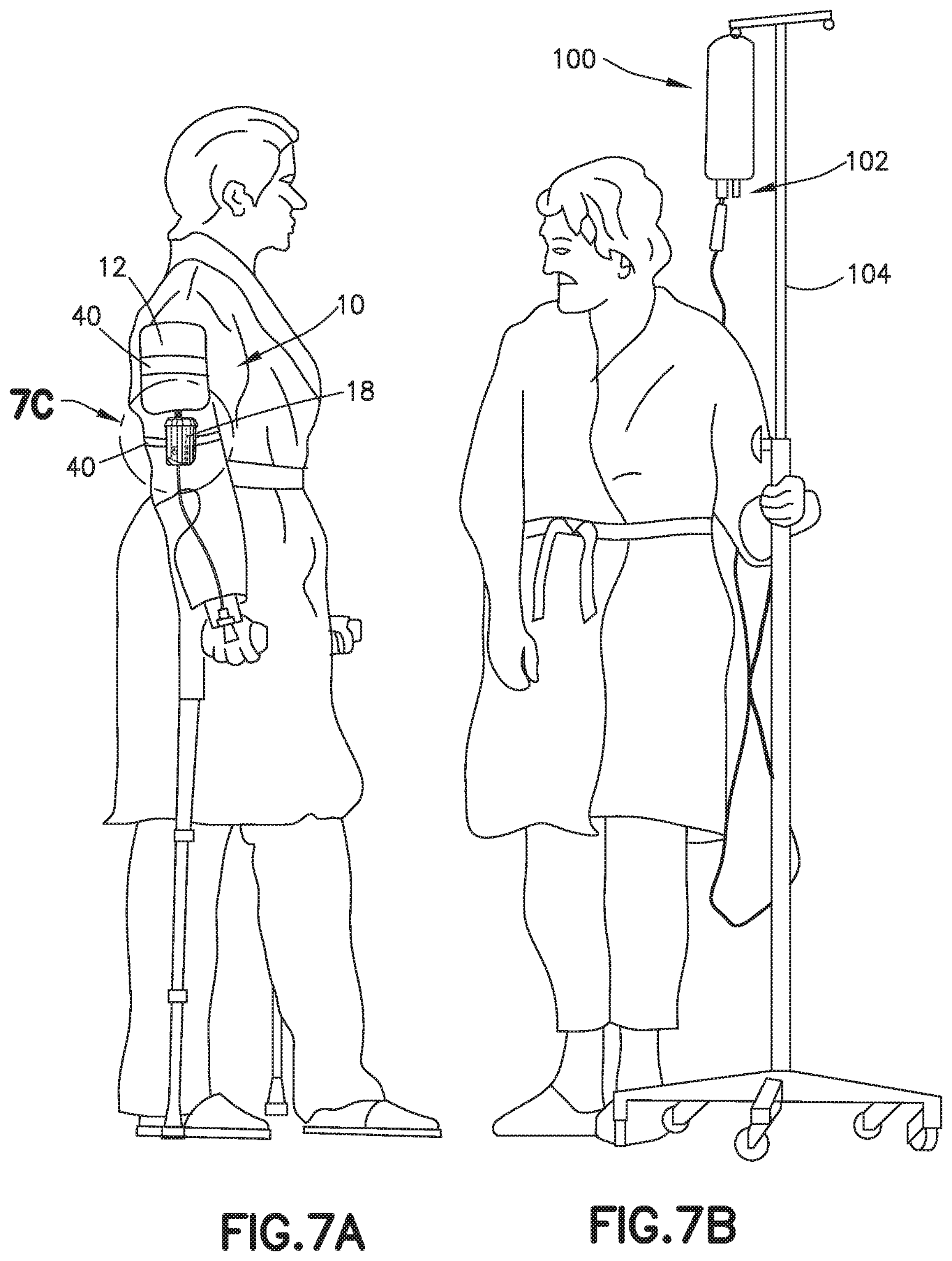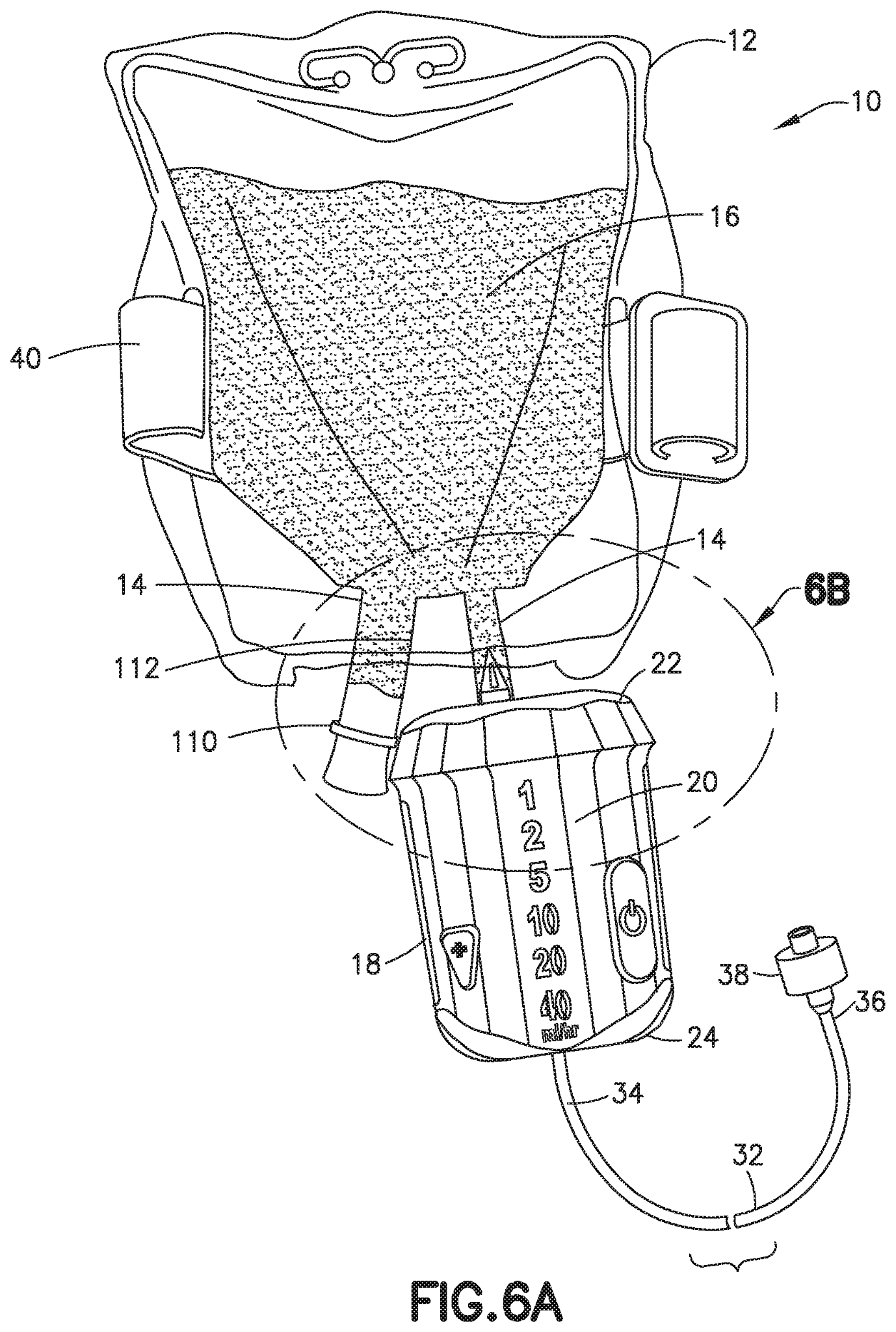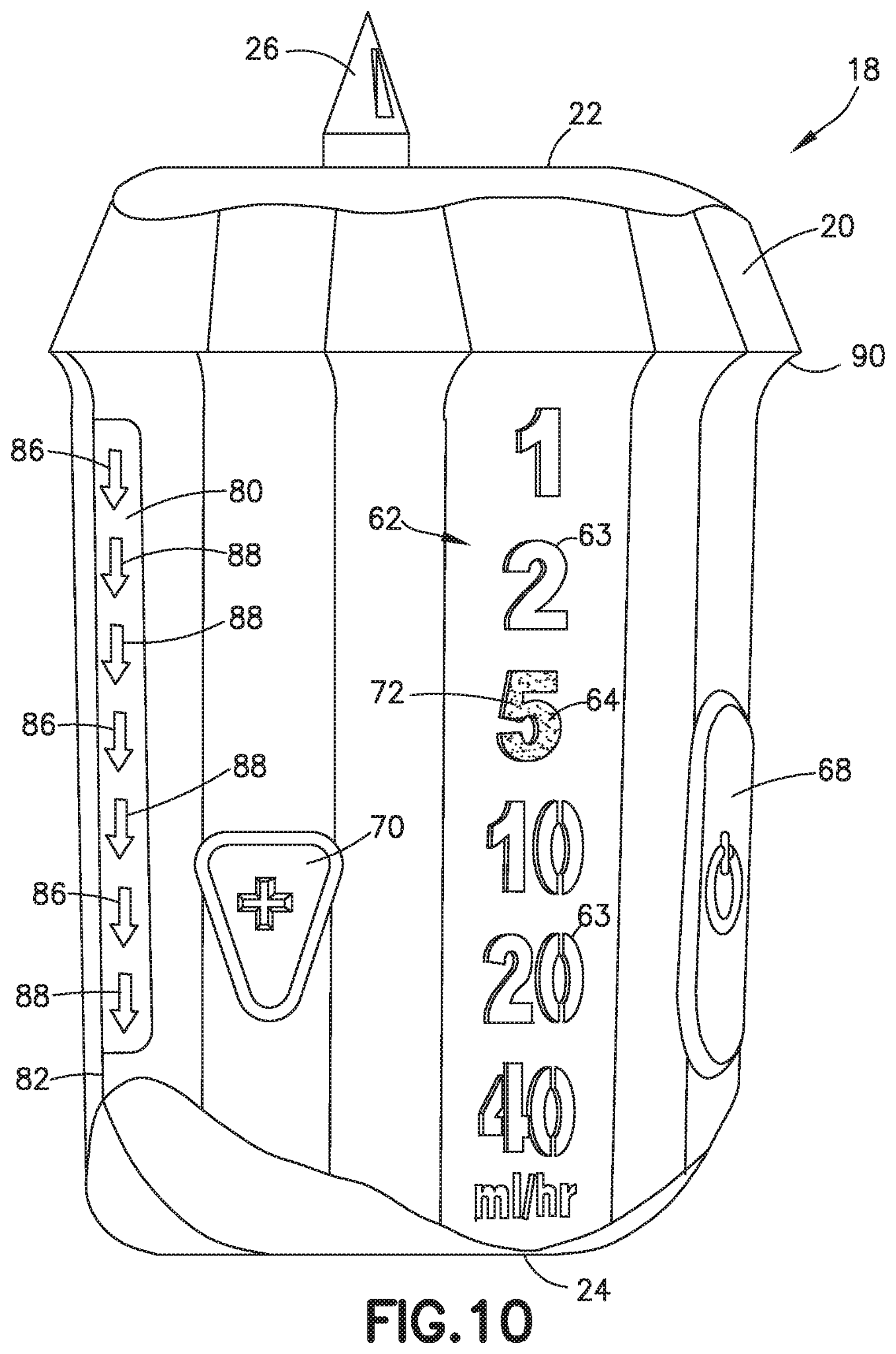Ambulatory Pump Design
A professional project to rapidly investigate and design a solution to the administration of IV fluids that will improve patient ambulation. The project was completed by a two-person team including myself and an electrical engineer. Acting as the design engineer, my responsibility was to the design of the pumps form with operational specifications, its novel use-case, and the assembly of the prototypes.
The Need to Ambulate
The images and information provided here are extracted from the published patent application which can be viewed from the link below. Nothing additionally proprietary or company confidential is included.
US20210085859A1
Pole-mounted gravity drip infusion of medicines and other fluids is one of the most common medical practices. For patients receiving these intravenous (IV) infusions with the ability to leave their hospital beds, ambulation (the ability to move about) is highly recommended by physicians for improved patient recovery. The need exists to remove this IV pole for ambulating patients who find the pole to be an inhibiting obstruction.


Novel Design Solutions
Creating a solution to continued infusion during IV pole-free ambulation required design of a system that reduced the overall size and weight of system components. Traditional pump systems, such as peristaltic, are large in size proportionate to system requirements so micropump technology was required. Additionally, the overall length of IV bag spikes were too long for system requirements so the spike was recessed into the system to shrink its footprint. Combined with a minimal user interface and functional form attributes, a novel pump design was formed.
Wearable Design
The pump, roughly the size of a deck of cards, is connected to a small IV bag, preferable size of 50 or 100 mL. This assembly fits well when strapped to the upper arm. The mounting point is similar to cellular phone arm straps and within requirements of patient anthropometric data. The pump output aligns near the bend of the elbow and allows for a short IV line to connect to typical peripheral IV catheters placements.


Interface Design
To avoid potentially fatal programming errors of the pump in this compact and minimal cost form, assessments of typical infusion rates were assessed and integrated into the pump. Only two buttons were included, a power button that also operates as start/stop, and an infusion rate selection button. The infusion rates are backlit during selection and operation.
During infusion, additional light features are present on both sides of the pump which indicate flow by providing a scrolling light downward to signify the direction of flow. In this function, the light would be greatly diffused to avoid disturbing the patient or others nearby. These side lights also provide a separate function by flashing bright red light when the pump is pausing infusion due to a system alarm, such as pump occlusion.